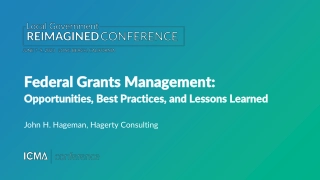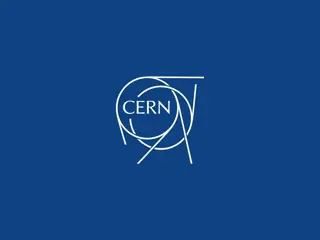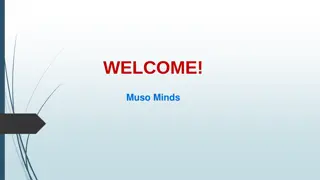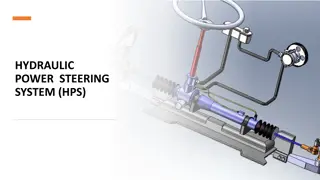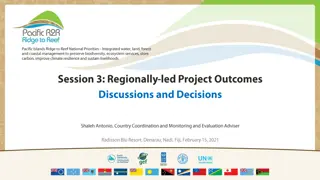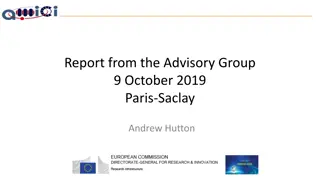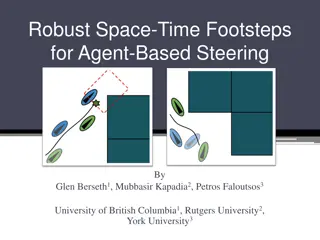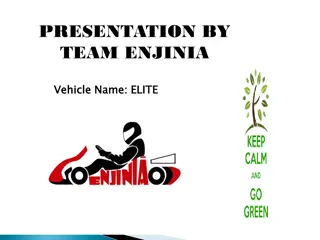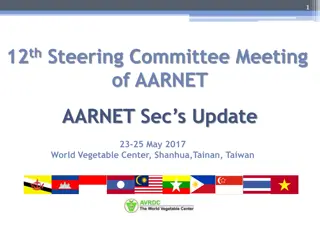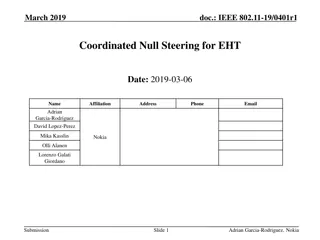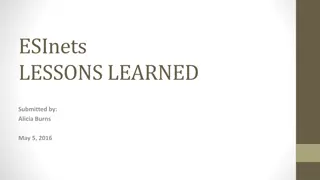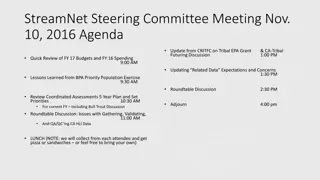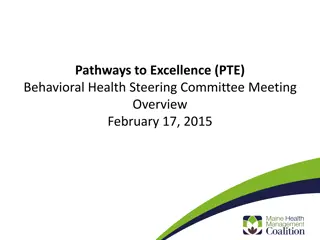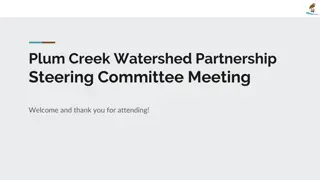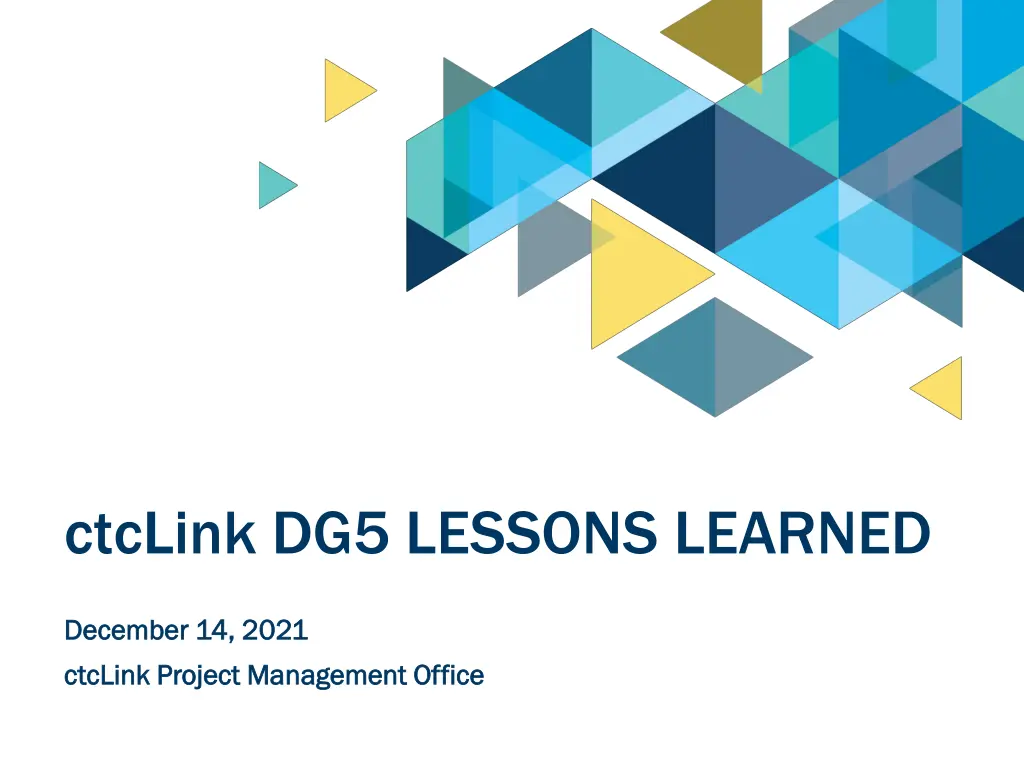
Enhancing ctcLink Project Management Strategies
Unveil the lessons learned from ctcLink project management and the deployment timeline. Explore quality gates, milestones, and key activities for a successful project transition, including organizational change management assessments and user acceptance testing. Dive into the preparation, execution, and evaluation phases for an effective cutover.
Download Presentation

Please find below an Image/Link to download the presentation.
The content on the website is provided AS IS for your information and personal use only. It may not be sold, licensed, or shared on other websites without obtaining consent from the author. If you encounter any issues during the download, it is possible that the publisher has removed the file from their server.
You are allowed to download the files provided on this website for personal or commercial use, subject to the condition that they are used lawfully. All files are the property of their respective owners.
The content on the website is provided AS IS for your information and personal use only. It may not be sold, licensed, or shared on other websites without obtaining consent from the author.
E N D
Presentation Transcript
ctcLink DG5 LESSONS LEARNED December 14, 2021 December 14, 2021 ctcLink Project Management Office ctcLink Project Management Office
CTCLINK QUALITY GATES & MILESTONES GATE 1 GATE 1 GATE 2 GATE 2 GATE 3 GATE 3 GATE 4 GATE 4 GATE 5 GATE 5 CONSTRUCT STRUCTURE DEPLOY TRANSITION INITIATION Global Design Adoption (GDA) Determine Exception Solutions Project Planning Production Cutover Planning Go/No Go Decision CTCLINK QUALITY GATES & MILESTONES (Checklists & Templates) Business Process Fit/Gap (BPFG) Update BP Flows Production Environment Prep Pre-User Acceptance Testing Training Start Change Impact Analysis & Change Action Plan Update CEMLIs Update BP Flows User Acceptance Testing Production Cutover Update Configuration Local Configuration Chart of Accounts Redesign (DG2 only) Production Validation Convert and Validate Data Training Materials Analysis/Build End-User Training Build PeopleSoft Environments Security Matrix Mapping Milestone Sign-Off Performance Testing UAT Test Definition Functional Testing Security Redesign (DG2 only) UAT Materials Build Finalize Local Configuration Guides Legacy System Shutdown Procedures in Place Prepare QA Environment Identify Exceptions Organizational Change Management Assessments Begin Prepare Parallel Environment Design Extensions Cutover Mitigation Planning go go- -live live System Integration Testing Prepare or Update Test Scripts GATE 1 PEER GATE 1 PEER REVIEW REVIEW Production Go/No Go Decision Lessons Learned Map Supplemental Systems Data Parallel Testing OCM Assessment, Activities & Deliverables for Colleges & SBCTC College Project Charter Resource Plan & Budget Plan Deliverables Legacy BP Mapping Initial Supplemental Systems Analysis GDA and BPFG Participation Supplemental Systems Data Mapping Initial Config Guides Sign-Off UAT Definition Sign-Off Design Requirements Sign-Off Security Matrix Mapping Data Validation Sign-Off OCM Readiness Checklist UAT Sign-Off End-User Training Policy/Procedures Updated Cutover Plans, Legacy Shutdown Procedures College Cutover Plan Go/No Go Sign-Off Milestone Sign-Off Config Guides Sign-Off College Lessons Learned Change Impact Analysis 25% Change Impact Analysis 25% Change Impact Analysis 50% Change Impact Analysis 50% Change Impact Analysis 75% Change Impact Analysis 75% Change Impact Analysis 100% Change Impact Analysis 100% Rev. 2019-03-05 3
CTCLINK IS A PEOPLE PROJECT ctcLink Project Continuous Improvement Based on Prior Lessons Learned o Implementation methodology tested and refined over time o Conversion process works and is fine-tuned for each deployment Lessons Learned Represents DG5 Collectively, not Individually o Expanded information-gathering o Common themes emerged from different stakeholder groups Success is Borne of Local Efforts Per Moran Technology Consulting, ctcLink Project Quality Assurance, Nov. 2020: o Successful experience of prior deployment does not ensure success for future colleges. o While ctcLink Project conversion and deployment methodology works, improving with each deployment, one aspect does not change: the amount of work required from each individual college for a successful implementation does not lessen. o College core business processes will substantially change, requiring a significant commitment, investment of time, and solid organizational change management practices by each college to implement ctcLink successfully. 4
SIGNIFICANT CHANGES FROM DG4 TO DG5 New and improved strategies, training, and communication related to student financials Increase in meetings with individual college project managers and teams Guiding colleges through preparing for post go-live Impact of the additional practice of final data validation activities during Cycle 4 data validation, Mock Go-Live Dry-Run Significant improvements in learning and applying security Substantially reduced conversion errors due to increased completion of User Acceptance Testing and data clean-up DG5 colleges requested more advanced ctcLink post go-live support sessions 5
INFORMATION GATHERING During Implementation During Implementation Dates Dates Ongoing meetings with college PMs and SMEs 2020 - 2021 DG5 PM meetings Executive Sponsor Meetings Post Go Post Go- -Live Live 2020 2021 December 2020 2021 Dates Dates Six focus groups, one with each of the sub- deployment project managers and executive sponsors ctcLink Project Team focus group October and November 2021 November 17, 2021 Key Informant interviews with ctcLink Project Leads November 18, 2021 6
DG5 LESSONS LEARNED THEMES Importance of College Leadership Engagement Preparing for Go-Live Resource Planning Training Security Transition to Support 7
IMPORTANCE OF COLLEGE LEADERSHIP Executive sponsors need to have the resources and authority to mitigate barriers, including college culture resistant to change and financial/resource. (college) Executive leadership needs to reach out to change-resistors and subject matter experts on their teams. (college) PMs should meet regularly with President, Executive Sponsor, and executive leadership to provide the executive leaders with the necessary information to budget, allocate, and manage resources necessary to complete ctcLink activities. (college) Executive sponsors should not hold another role in the ctcLink Project structure, e.g., pillar lead. (college) Engage supervisors early and make sure they are knowledgeable about what to expect from the change to ctcLink; they will be key to communicating with and supporting the training of their teams. (college) Frequently recognize people for the ctcLink work they do, including compensation, public recognition, and celebrations. (college) 8
PREPARING FOR GO-LIVE Prioritize Legacy data clean-up activities; it is one of the most important factors in a successful go-live experience. (college) Map security roles for all employees prior to UAT. (college) Make sure college offices are closed to finalize transactions in Legacy and for at least the first two weeks post go-live to fully participate in the ctcLink Support Webex Sessions. (college) Plan for the budget tools that budget managers use after go-live, e.g., query access, commitment control budget reports, Tableau budget tool, etc.; connect with ctcLink-live colleges who have created budget tools. (college) Capitalize on User Acceptance Testing (UAT) as an opportunity to practice cross-pillar work, especially financial aid and student financials; enrollment services, financial aid, and finance office; and work study, human resources, and payroll. (college and ctcLink project) 9
PREPARING FOR GO-LIVE (CONTD) Reinforce how configuration decisions impact ctcLink during UAT. (college and ctcLink project) Practice final data validation activities during Cycle 4 data validation, Mock Go-Live Dry-Run. (ctcLink project) 10
RESOURCE PLANNING Revisit and revise the college s Resource Plan & Budget to ensure adequate resources are dedicated to complete the ctcLink activities prior to go-live and post go-live. Include the following items: (college) Hire business analysts early; they are instrumental in preparing and stabilizing ctcLink. Assign at least one person full-time, with back-up, as Local Security Administrators (LSA). Hire faculty advocates to serve as points of contacts, liaisons, and lead- trainers. They are also great resources to lead other faculty to support students in the transition to ctcLink. Revisit and revise the college s Communication Plan; attend Communication Meetings and use the ctcLink Student Communication Resource Guide, ctcLink Executive Sponsor Guide (under Communications Planning Resources), and Post Go-Live Planning Guide. (college) 11
TRAINING Assign a local training lead and ensure the college community is engaged and taking the training; publicly track training for all employees. (college) Offer college-sponsored post go-live open support session for each full day from when employees begin to activate their accounts through next quarter student registration. The sessions should be staffed by two to ten people to problem-solve account activation, security issues, reporting time and leave, enrollment processes, and other processes that non-SME people encounter. (college) Hold Key Concepts training before the UAT relevant test cases. (ctcLink project) Increase training prior on go-live on dual processing in financial aid. (ctcLink project and support) Increase training to on how the sub-modules and payroll flow to general ledger. (ctcLink project and support) 12
TRAINING (CONTD) Within the Quick Reference Guides (QRGs), indicate the order of operations (e.g. this is step 1, 2, 7 or step 18) for each business process component parts to give context within the overall business process described (ctcLink project and support) Centralize the branding of the QRGs to become the colleges How-To Guides where appropriate. (ctcLink support) 13
SECURITY Engage college s Legacy security leads in the security work prior to go-live so their knowledge and responsibility can be more aligned with ctcLink security requirements. (college) Offer colleges Visio and other documentation to provide them the environment details they would need to work in the environment, including data snap-shots, corresponding security roles, and usage. (ctcLink project) Develop more job aids to crosswalk job roles/duties to the necessary security roles (i.e., business operations by job descriptions that match to security roles). (ctcLink project) Provide a link for LSAs in the QRGs that identify which security role(s) is needed for each business operation explained in the QRG. (ctcLink project and support) 14
TRANSITION TO SUPPORT Make sure the right people are present and actively engaged in the Webex Support Sessions. (college) Partner with another ctcLink-live college and use the relevant ctcLink listserv to receive mentorship and learn best practices; these actions will enhance go-live support. (college) Engage ctcLink Support team throughout the implementation activities prior to go-live for an easier transition. (ctcLink project and support) Ensure the scheduled post go-live Webex Support Sessions are in alignment with the time of go-live and sequences of business processes. (ctcLink support) 15
NEXT STEPS & REFERENCE LINKS DG5 DG5 LESSONS LEARNED MEETINGS LESSONS LEARNED MEETINGS Moran Technology Consultants review draft DG5 Lessons Learned report DATE DATE December 2021 Present Lessons Learned to ctcLink Steering Committee December 14, 2021 Distribute to DG5 PMs and Executive Sponsors December 14, 2021 Post Final Report December 14, 2021 DG5 Lessons Learned ctcLink Connect blog post December 17, 2021 Present Lessons Learned to DG6 Executive Sponsors December 20, 2021 Post Lessons Learned report deliverable to OCIO website January 5, 2022 Present Lessons Learned to All-PM Meeting January 5, 2022 Present Lessons Learned to cELC January 26, 2022 16

